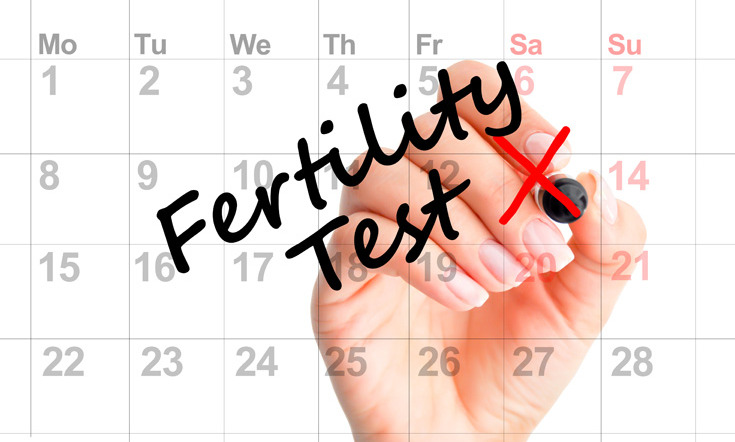

Are you trying to get pregnant? It can be surprising to know that you have only a short period of time each month that you can get pregnant, usually just a few days. To make it easy for you to calculate the time range when you’re most likely to be most fertile, try a fertility calculator.
Click here to try our free and easy to use fertility calculator.
How Fertility Calculator Works?
A fertility calculator is a tool that estimates your peak fertility period, also referred as fertile window?. This is when you are most likely to become pregnant. This tool finds your peak fertility period and calculates the day when the ovary releases an egg. It is necessary for you to know the usual length of your menstrual cycle and the first day of your last monthly menstrual period.
You will know the length of your menstrual cycle by tracking the number of days on a calendar for 3 to 4 months of your menstrual cycle. Your menstrual cycle starts at the first day of your last menstrual period and ends the day before your next period starts. However, if you do not know the number of days in your menstrual cycle, you can assume 28 days. This is the average length of a woman?s menstrual cycle.
In addition to this fertility calculator, there are other effective ways to help predict ovulation such as:
- Understanding your menstrual cycle
- Checking your cervical mucus
- Taking your basal body temperature
- Keeping an eye on your luteal phase
Fertility calendar is only an estimate and does not work for menstrual cycles that are less than 28 days. There are women who ovulate at different frequencies. However, it is important for women to know that most of them usually have an average menstrual cycle of 28 to 32 days. Do not use this if you have not had a period in the last 29 days. It also does not also work if your menstrual cycle is regularly irregular. To understand more on how the whole process of menstrual cycle influences fertility, please read below.
Fertility Calculator And Ovulation
You would most likely become pregnant in any particular month of you have sexual intercourse during your most fertile period (just before and after you ovulate). In women, the fertile period starts at the menarche (first menstrual period) and ends with the menopause. About once a month, the uterus grows a new lining (endometrium) to get ready for a fertilised egg (ovulation – most fertile period). Ovulation occurs approximately 10-12 hours after the LH peak. A positive result on an ovulation calculation or test means that the woman will most likely become fertile over the next three days with peak fertility at 36 hours following the LH surge.
When there is no fertilised egg to start a pregnancy, the uterus sheds its lining. This is the monthly menstrual bleeding (also called menstrual period). The menstrual cycle is from Day 1 of bleeding to Day 1 of the next time of bleeding.
In each menstrual cycle uterus releases one egg. If this egg is not fertilised, you should wait for another cycle. One of the proven ways to get pregnant is to have sex more often. However, it will only work if both man and woman have no other health problems and the woman is ovulating properly.






















